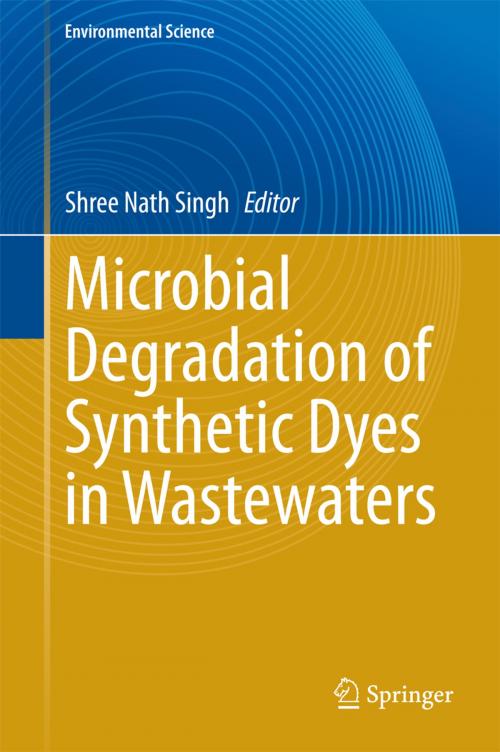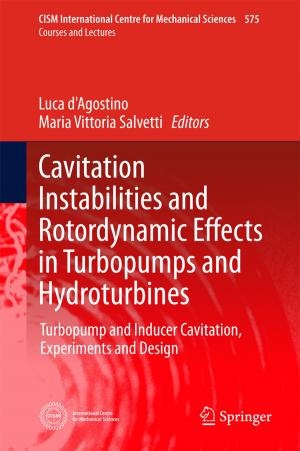Microbial Degradation of Synthetic Dyes in Wastewaters
Nonfiction, Science & Nature, Technology, Engineering, Environmental, Science, Biological Sciences, Environmental Science| Author: | ISBN: | 9783319109428 | |
| Publisher: | Springer International Publishing | Publication: | October 16, 2014 |
| Imprint: | Springer | Language: | English |
| Author: | |
| ISBN: | 9783319109428 |
| Publisher: | Springer International Publishing |
| Publication: | October 16, 2014 |
| Imprint: | Springer |
| Language: | English |
Today synthetic dyes are used extensively in the textile dyeing, paper printing, color photography, pharmaceuticals, food and drink, cosmetic and leather industries. As of now, over 100,000 different dyes are available, with an annual production of over 700,000 metric tons. These industries discharge an enormous amount of colored effluents into natural water bodies, with or without treatment. The textile industry alone discharges 280,000 tons of dyes every year, making it the largest contributor to colored effluent discharge.
Although a variety of treatment technologies are available, including adsorption, chemical oxidation, precipitation, coagulation, filtration electrolysis and photodegradation, biological and microbiological methods employing activated sludge, pure cultures, microbial consortia and degradative enzymes are economically viable, effective and environmentally responsible options. As such, this book gathers review articles from international experts working on the microbial degradation of synthetic dyes, offering readers the latest information on the subject. It is intended as a quick reference guide for academics, scientists and industrialists around the world.
Today synthetic dyes are used extensively in the textile dyeing, paper printing, color photography, pharmaceuticals, food and drink, cosmetic and leather industries. As of now, over 100,000 different dyes are available, with an annual production of over 700,000 metric tons. These industries discharge an enormous amount of colored effluents into natural water bodies, with or without treatment. The textile industry alone discharges 280,000 tons of dyes every year, making it the largest contributor to colored effluent discharge.
Although a variety of treatment technologies are available, including adsorption, chemical oxidation, precipitation, coagulation, filtration electrolysis and photodegradation, biological and microbiological methods employing activated sludge, pure cultures, microbial consortia and degradative enzymes are economically viable, effective and environmentally responsible options. As such, this book gathers review articles from international experts working on the microbial degradation of synthetic dyes, offering readers the latest information on the subject. It is intended as a quick reference guide for academics, scientists and industrialists around the world.















